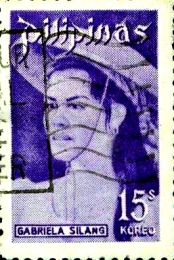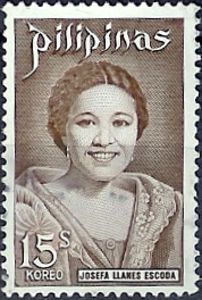Share this page:
For those in search of what the Philippines looked like in Spanish colonial times, Vigan is the place to go.
With its ancient Spanish mansions, its cobblestone streets and the clip-clop of the the horse-drawn carriages (kalesa), Vigan is the best preserved Spanish town in the Philippines.
Vigan has been registered with UNESCO as a World Heritage Site.

A cobblestone street of Vigan
Places to See
Some interesting places to visit:
-- Crisologo Street
-- St Paul's Cathedral
-- Archbishop's Palace
-- Ayala Museum
-- Pottery Workshops
-- Villa Angela
-- Syquia Mansion
-- Governor's Mansion
History
Vigan was already an established city and trading post before the Spanish arrived in the 16th century. In pre-colonial times, Vigan used to trade with merchants from other Asian countries, including China.
In 1572 Captain Juan de Salcedo marched with 72 soldiers to Vigan and established a Spanish city there, known as "Villa Fernandina de Vigan". The city had three neighborhoods: one for the indigenous (local) population, one for Chinese migrants, and one for Spanish settlements.
Vigan has a proud place in Filipino history, for here was the birthplace of several national heroes, such as Diego Silang and his wife Gabriela, who fought against Spanish rule. Both were killed in the struggle. Gabriela Silang fought on after her husband's death until she was finally captured by the Spanish and hanged in Salcedo Plaza, Vigan.

1974 Philippines postage stamp commemorating the heroine Gabriela Silang.
Another person born in Vigan whose memory will always be cherished is Josefa Llanes Escoda, a great suffragette and social worker and the founder of the Girl Scouts of the Philippines who was executed by Japanese in 1945 in the Manila Chinese Cemetery.

1973 Philippines postage stamp depicting Josefa Llanes Escoda (1898-1945)